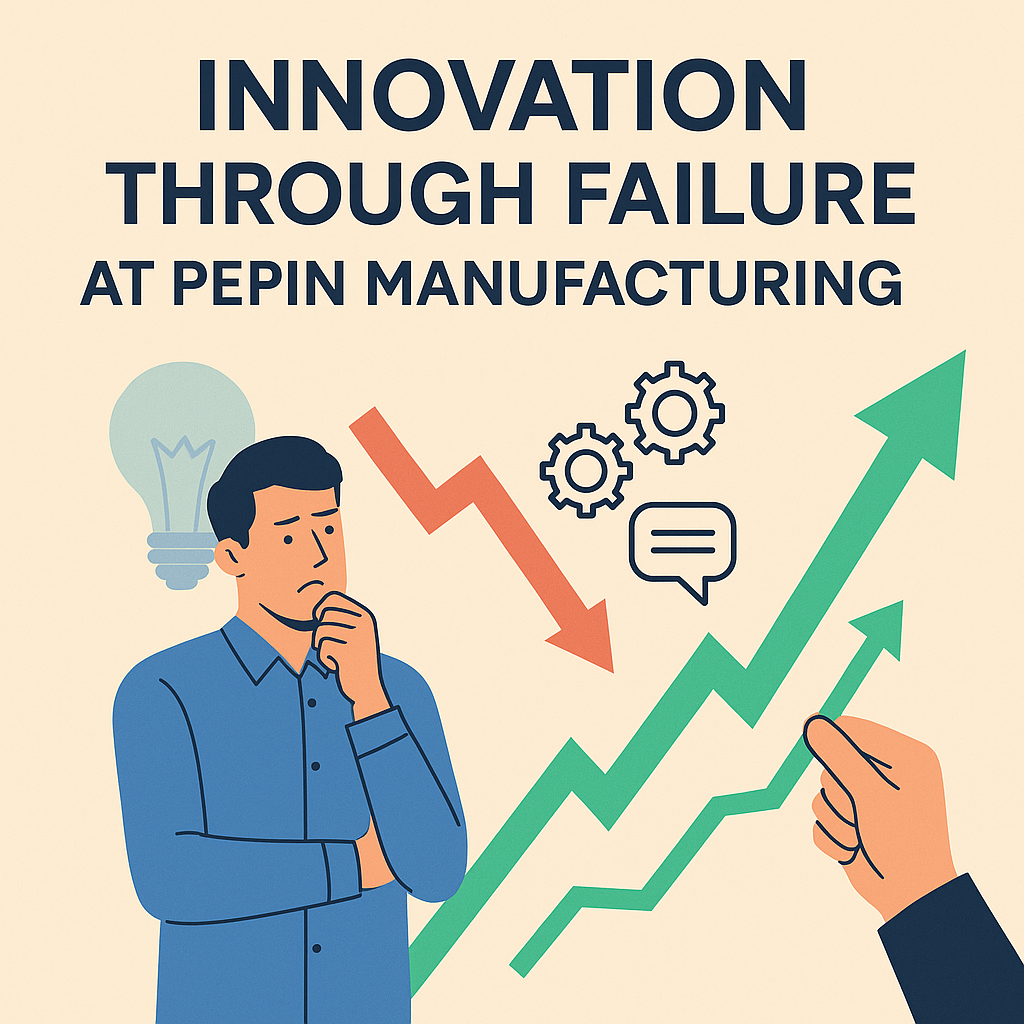Last Updated on July 25, 2024 by Ali Hamza
Consider some of the most frequent printing methods that have influenced the industry as we know it as we consider a new printing process.
Table of Contents
1. Flexographic:
Since Offset Printing, Lithography, and Digital Printing are our specialties at Reflex Print, let’s go a little further.
2. Surface Printing:
When it comes to creating a stencil-like look for classic flowers, childish and rural themes, surface printing is ideal to use. Moreover, the lightweight urethane print cylinders are perfect to achieve this. Raised portions of the roller correspond to the print design.
On a moving web of wall coverings, the ink color is transferred from the surface of the raised pattern using pressure from the inked roller. However, each color requires its own roller.
3. Printing Using an Offset Process:
Robert Barclay, an Englishman who first utilized offset printing to print on tin, devised the technology in 1875. Ira Washington Rubel employed offset printing for paper printing only later, in 1904.
Offset printing uses a rubber blanket to transfer the inked image from a plate onto the printing surface. Moreover, offset printing utilizes a flat image carrier and ink and water rollers in conjunction with lithography. You can check Printers guy for more info.
4. Rigid-Screen Monitor:
Using rotary screens instead of hand screen-printing is a high-speed production method. A rotating or circular mesh cylinder is used in this arrangement. An internal squeegee blade presses or applies ink through the image area of the screen using ink that is fed into the cylinder’s core.
Rotating screens with a resist applied to the mesh will not allow ink to flow through the mesh. For designs requiring a bright, solid color laydown, rotary screen printing is the preferred method. Graphics, flowery paisleys, geometrics, and more are all included in this category.
Expanded vinyl printing is another usage for it. The design is printed using an unique ink. A blowing agent is activated, forcing the ink to expand, generating a puffed, or three-dimensional, appearance, in the heat tunnel.
5. Lithography:
Alois Senefelder, a German author and actor, introduced lithography in 1796 as a cheap way to publish theatrical works. Lithography is possible due to the immiscibility of oil and water, as previously stated.
An oil, fat, or wax image is typically the first step on a smooth lithographic limestone plate. The etched parts of the stone would hold water when wet, and an oil-based ink would be applied, but the water would resist the ink, leaving just the original design behind. The final step would be to print out the drawing on paper.
6. Digital Printing:
Inkjet and Xerography were the first two companies to launch digital printing in 1991.
Inkjet printers are the most common type of printer in our homes. Using an Inkjet printer to print a document is the best option, while using an Inkjet printer to print your homework is the best option.
Because of technological improvements, printing is no longer a luxury good for people.
There are many nozzles on an inkjet printer, and each one releases a small droplet of ink to match the digital image sent to it. This printing method is ideal for a lot of mail and signage because it applies to a wide variety of materials.
Xerographic printers, however, print images through the use of an electrical charge. The metal drum will create a charge to attract toner particles. These toner particles then transfer to the media that is printing.
Conclusion:
These six processes are the most common methods of printing in the modern era; allowing us to print documents, reports, certificates and other essential media. Which do you think has been the most influential in shaping printing to what we know it for today?



























